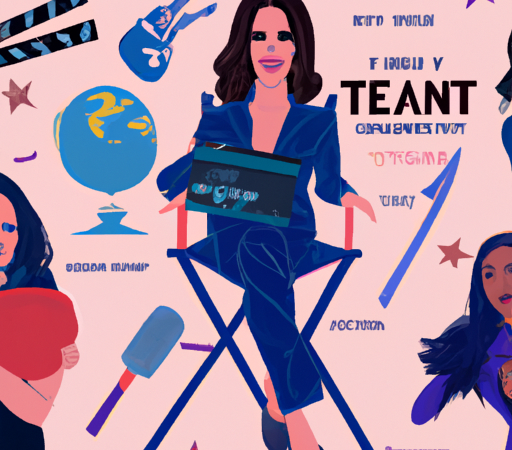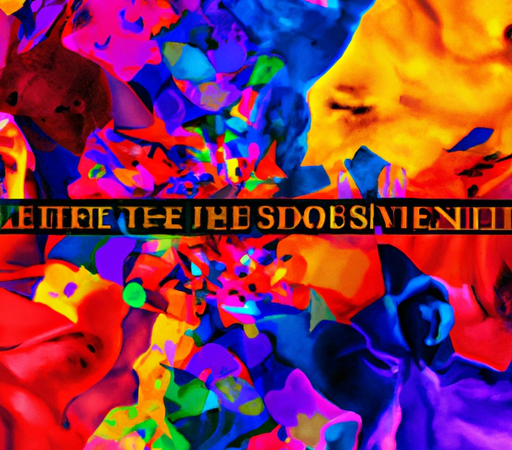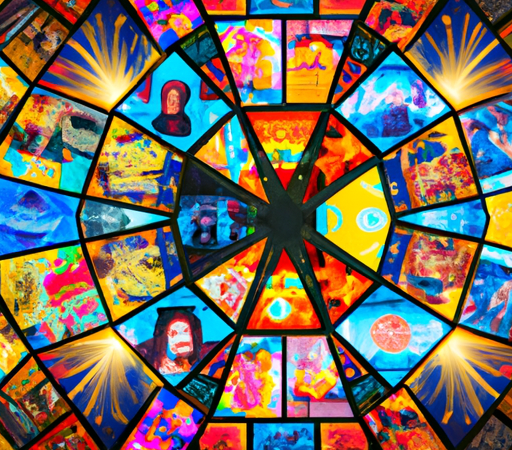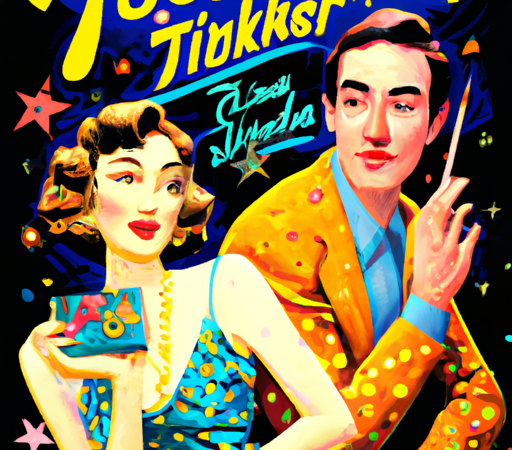From Silent Films to Streaming: Captivating Stories from the Evolution of the Entertainment Industry
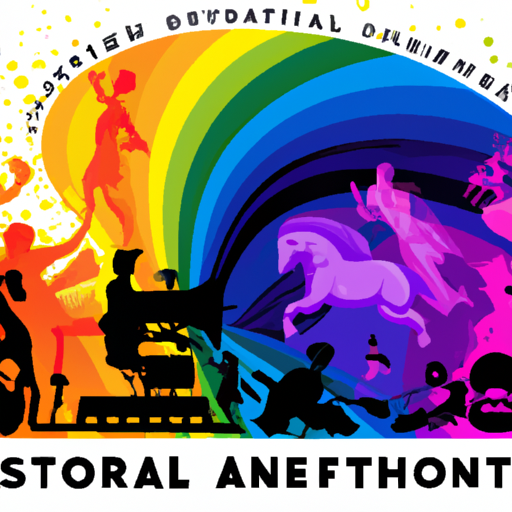
From Silent Films to Streaming: Captivating Stories from the Evolution of the Entertainment Industry
The entertainment industry has come a long way since its inception, evolving tremendously to keep up with the changing tastes and preferences of audiences. From the early days of silent films to the advent of streaming services, the industry has constantly reinvented itself to deliver captivating stories to its ever-growing audience.
Silent films took the world by storm in the late 19th century. These pioneering movies with no synchronized sound were a technical marvel at the time. Filmmakers had to rely heavily on visual storytelling, utilizing body language, expressions, and intertitles to convey the narrative to viewers. Despite their lack of sound, silent films managed to captivate audiences across the globe, speaking a universal language that transcended cultural barriers.
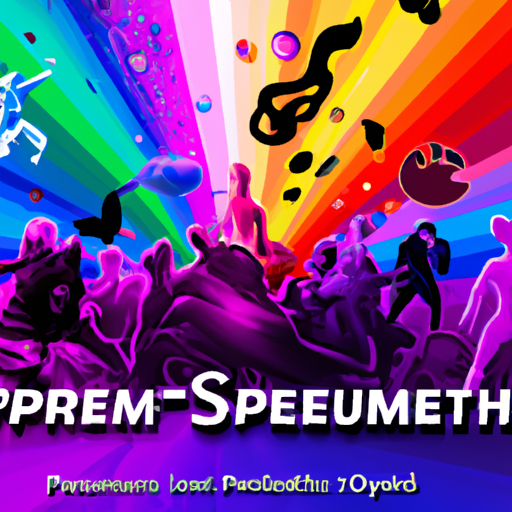
As technology advanced, the industry embraced the introduction of sound to films. The legendary "talkies" opened up new possibilities for storytelling, enhancing the emotional impact of the visuals with synchronized speech and sound effects. This transition led to the creation of some of the most iconic films in cinematic history, such as "Gone with the Wind" and "The Wizard of Oz." Audiences were enthralled by the ability to hear the characters' voices and experience a more immersive movie-watching experience.
The rise of television in the mid-20th century revolutionized the way stories were told. Suddenly, people had access to a plethora of programs and shows from the comfort of their homes. Television brought a new form of storytelling to the masses, with serialized dramas and sitcoms becoming immensely popular. Shows like "M*A*S*H," "Friends," and "Game of Thrones" not only entertained but also became cultural phenomena, with people eagerly discussing and anticipating each episode.
The birth of the internet and the rapid advancement of technology further transformed the entertainment industry. With the rise of online platforms, content creators now had a direct way to reach their audience without relying on traditional distribution channels. This shift not only democratized the industry but also led to a surge in independent productions and diverse storytelling. Streaming giants like Netflix, Hulu, and Amazon Prime Video have become powerhouses, producing original content that rivals the quality and popularity of traditional films and TV shows.
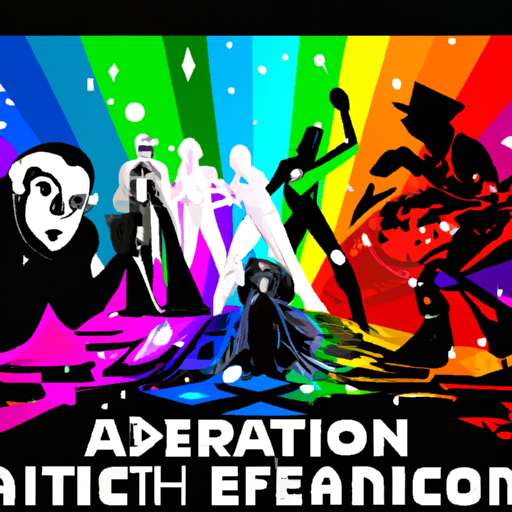
Streaming services have opened up a whole new world of storytelling possibilities. With access to a vast library of movies, TV shows, and documentaries, viewers now have the freedom to choose what they want to watch and when they want to watch it. This on-demand model has empowered audiences, allowing them to binge-watch their favorite shows or explore new genres and stories at their own pace.
The entertainment industry continues to evolve, with virtual reality, augmented reality, and other emerging technologies reshaping the way stories are experienced. These innovations promise to transport audiences into immersive and interactive worlds, blurring the lines between reality and fiction.
As we reflect on the evolution of the entertainment industry, one thing remains constant: the power of captivating stories. Regardless of the medium, captivating storytelling has always been at the heart of the industry's success. It is the ability to transport audiences to different worlds, evoke genuine emotions, and provoke thought that has kept people coming back for more, yearning for the next captivating tale.
Whether it was the silent films of the early 20th century or the streaming services of today, it's clear that the entertainment industry has thrived on delivering compelling narratives. As technology continues to advance, we can only imagine the incredible stories that lie ahead, waiting to captivate audiences in ways we haven't yet imagined.

